Identifying Ceiling Water Damage Signs and Effective Steps to Take
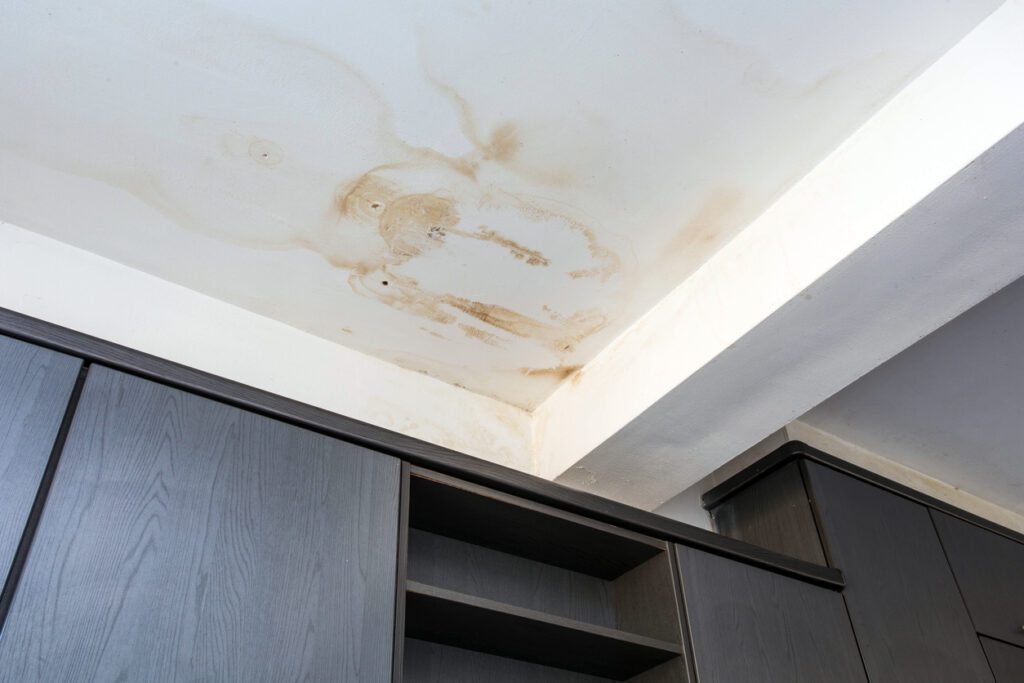
Learn how to spot ceiling water damage early—from stains and sagging to mold.
Flooded Basement in a NYC Co-Op? Here’s Who Pays and What to Fix First
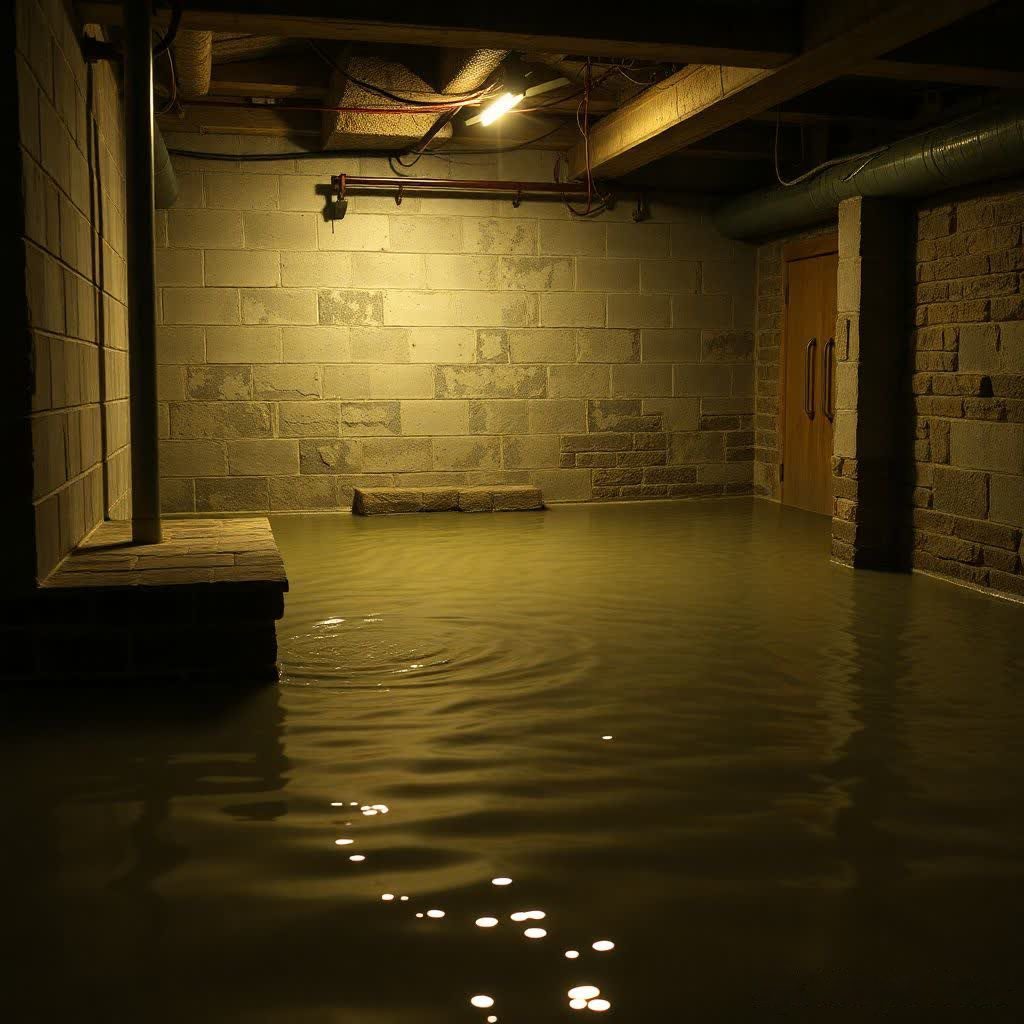
A flooded basement in your NYC co-op is more than an inconvenience—it’s a crisis that can cost thousands in repairs, spark legal confusion, and pose serious health risks like mold growth. Whether the flood came from a burst pipe, heavy rains, or a faulty sump pump, the big questions arise fast: Who pays for the damage? And what should be repaired immediately to prevent further loss? In this guide, we’ll walk you through the first steps after a basement flood, how to navigate co-op board responsibilities vs. personal liability, and what restoration priorities matter most. Who Pays for Flooded Basement Damage in a NYC Co-op? This is one of the most common (and confusing) questions homeowners face after water damage. 1. Co-Op Board vs. Shareholder Responsibility In most NYC co-ops, the building is owned by a corporation. You, as the shareholder, own shares and a proprietary lease giving you the right to live in a specific unit. If the basement is part of the building’s common area (e.g., laundry room, storage), the co-op board or managing agent is usually responsible for repair and restoration. If the basement flood affects a private storage unit or a ground-floor unit’s extension, responsibility might fall on the shareholder. 2. Insurance Coverage The co-op’s master insurance policy typically covers structural repairs and damage to common areas. Your personal homeowners (HO-6) policy may cover: Personal belongings stored in the basement Loss-of-use (if your home is uninhabitable) Improvements or fixtures you’ve installed Tip: File a claim immediately with both your insurer and notify your co-op board. Let NYTDR help you coordinate both claims for a stress-free process. What to Fix First After a Basement Flood Acting fast is critical. Mold can start growing within 24–48 hours. 1. Stop the Source If the flood is from a plumbing failure or appliance malfunction, shut off the water source immediately. If it’s storm-related, ensure sump pumps are working. 2. Document Everything Take clear, time stamped photos of: Standing water Damaged furniture, boxes, or equipment Wall discoloration, cracked paint, or ceiling leaks 3. Water Extraction & Drying NYTDR offers emergency water damage restoration across NYC, including: Industrial-grade water extraction Rapid drying with dehumidifiers and air movers Moisture detection tools to find hidden water 4. Mold Prevention and Remediation Basements are mold-prone. Mold grows fast in humid, dark environments. Our team will: Use antimicrobial treatments Remove water-logged drywall and insulation Conduct mold remediation if needed 5. Structural Repairs & Insurance Coordination After the area is dry and sanitized, we restore: Flooring, baseboards, drywall, paint Damaged electrical and plumbing components Work directly with your insurance for approvals and payments Don’t Wait—Here’s Why NYC building codes and HPD violations can be triggered by visible mold or electrical hazards. Mold and mildew can affect neighboring units and trigger disputes with other shareholders. Delayed repairs may void parts of your insurance policy or co-op coverage. Why Choose NYTDR for Your Co-Op Basement Flood Restoration? We handle everything: cleanup, repair, mold removal, and full insurance coordination. Experience with NYC co-ops: We understand how to work with managing agents and co-op boards to keep your restoration on track. Licensed, certified, and insured in NYC home restoration services. Get Help Now If your co-op basement has flooded, don’t wait. Let NYTDR guide you through the insurance, repairs, and peace of mind you need.Call us today or request a free consultation—we’re available for you.
Fire vs. Water Damage: Which Can Cause More Long-Term Destruction?

When it comes to property damage, both fire and water can wreak havoc. However, while these two forces of nature can appear similar in their immediate destructive power, their long-term effects differ significantly. Understanding the contrast between fire and water damage is essential for homeowners, property managers, and businesses alike to make informed decisions about restoration and repair. At NYTDR we specialize in restoring properties affected by both fire and water. Here, we dive into the key differences between the two types of damage and examine which can result in more long-term destruction. Immediate Damage: Fire vs. Water When a fire occurs, it can quickly destroy a building’s structure, appliances, and furniture. Flames consume materials at an alarming rate, and the smoke that accompanies them leaves a pervasive, toxic residue. The immediate damage from fire typically includes: Structural damage: Fire weakens the structural integrity of wood, metal, and even concrete. Smoke damage: Smoke can penetrate walls, insulation, and ventilation systems, leaving lingering odors and health risks. Charred materials: Items like fabrics, furniture, and wood become unusable, requiring extensive replacement. On the other hand, water damage can be just as immediate but comes with its own challenges. Whether from a burst pipe, flooding, or leaks, water has a unique way of affecting a property: Waterlogged materials: Wood and drywall can swell, weaken, or warp when exposed to moisture for extended periods. Mold growth: Water is a key ingredient for mold, and without prompt action, mold can spread rapidly, compromising air quality and structural integrity. Electronics and electrical systems: Water can damage wiring, outlets, and other electrical systems, which can lead to long-term safety hazards. Both types of damage can be catastrophic in the short term, but it’s the long-term effects that require careful attention. Long-Term Destruction: How Water and Fire Differ Fire Damage After the flames have been extinguished, the visible damage from fire may seem contained, but the true extent of destruction can be far-reaching. While fire doesn’t continue to spread once extinguished, the aftermath often includes: Structural weakening: Fire may permanently weaken the integrity of load-bearing walls, beams, and foundation. In many cases, parts of the structure may need to be rebuilt entirely. Toxic air and health risks: Smoke particles and ash can settle in hidden areas of the home or business. Over time, these particles can deteriorate indoor air quality, leading to respiratory issues, especially for sensitive individuals. Costly repairs: Restoring a fire-damaged property is usually more expensive than water damage. Rebuilding and replacing structural elements, combined with the need for cleaning and restoring valuables, increases costs significantly. Water Damage Water damage may seem easier to fix initially, but its long-term consequences can be even more pervasive than fire. Prolonged exposure to moisture can lead to: Mold and mildew: Mold growth thrives in damp environments, and if water damage is left unchecked, mold can quickly infiltrate hidden spaces like behind walls or under floors. This growth can cause serious health issues and compromise structural materials. Wood rot and corrosion: Wood can rot if it remains wet for an extended period, and metal elements may corrode, weakening the structure of the building. Both rot and corrosion can require extensive and expensive repairs.Degraded insulation and drywall: Moisture can saturate insulation, causing it to lose its effectiveness. Additionally, drywall may soften, sag, or crumble, leading to the need for replacement. Electrical hazards: While fire might immediately damage electrical systems, water damage poses a longer-term risk. Moisture in electrical systems can lead to short circuits, electrical fires, or permanent failure of wiring. While water may not be as immediately destructive as fire, its ability to continue causing damage over time makes it particularly insidious. Which Causes More Long-Term Damage? While both fire and water damage have the potential to cause significant long-term destruction, water damage often leads to more persistent, hidden issues. The slow and ongoing nature of water damage means that, without proper and timely restoration, mold growth and structural degradation can continue long after the initial water event. On the other hand, fire damage may appear to be more immediately catastrophic but is often easier to manage in terms of remediation and rebuilding. Once the smoke clears and the fire is out, it’s often a matter of cleaning, rebuilding, and replacing damaged materials. The Importance of Prompt Restoration Whether your property has suffered from fire or water damage, prompt restoration is key to limiting long-term destruction. Delaying repairs can result in mold growth, weakened structural elements, and lingering odors, leading to higher costs and prolonged disruptions. At NYTDR we specialize in both fire and water damage restoration. Our team works quickly to assess the situation, identify the source of the damage, and begin the necessary steps for thorough repair and restoration. Conclusion Both fire and water damage are serious threats to the integrity of a property. While the immediate effects of fire may seem more destructive, water damage often leads to hidden, long-term problems that can persist for months or even years if not addressed promptly. Understanding the unique risks of each type of damage allows property owners to act quickly and effectively to prevent further harm. If your property has been affected by fire or water, NYTDR is here to help. Our expert team is ready to restore your property to its original condition with minimal disruption. Contact us today for fast and professional restoration services!
Flooded Basement in NYC: Causes and Long-Term Prevention
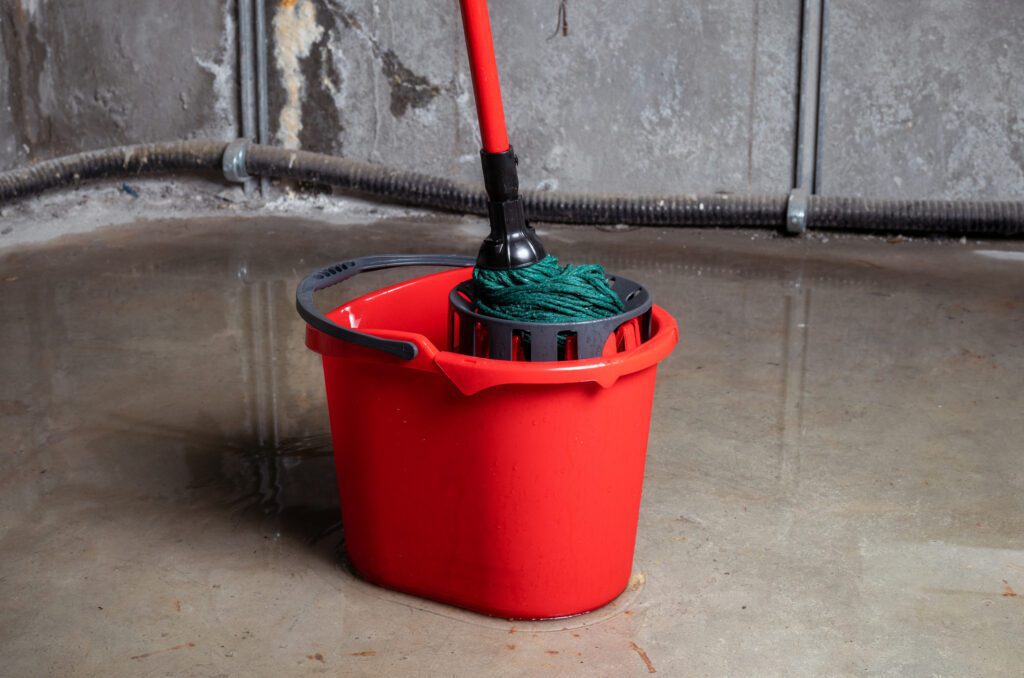
A flooded basement is every New York City property owner’s nightmare. Whether you’re in a brownstone in Brooklyn, a high-rise in Manhattan, or a multi-family building in Queens, basement flooding can result in thousands of dollars in property damage, lost belongings, and health hazards due to mold and bacteria. In NYC, where space is a premium and many basements double as storage, laundry rooms, or utility areas, preventing floods is necessary. This blog explores the main causes of basement flooding in New York City, as well as long-term prevention strategies every homeowner or property manager should know. Common Causes of Basement Flooding in NYC The urban density of NYC, combined with its aging infrastructure and extreme weather events, creates a unique set of risks. Below are the most common reasons a basement might flood: 1. Heavy Rainstorms and Climate Change Over the past decade, New York City has experienced an increase in heavy rainfall events. Flash floods can overwhelm the city’s sewer system in a matter of minutes. The result? Water has nowhere to go and often ends up in basements. With climate change making storms more unpredictable and severe, we can expect this trend to continue. A single storm can drop several inches of rain in just a few hours, overwhelming both municipal systems and private drainage. 2. Combined Sewer Overflows (CSOs) Most of NYC operates on a combined sewer system, where stormwater and household wastewater share the same pipes. During dry weather, this system works adequately. But during heavy rain, the system can exceed capacity, pushing sewer water back into homes, especially basements. This is more than a water problem; it’s a health hazard. A sewer backup can introduce contaminated water into your living space, requiring specialized cleaning and restoration services. 3. Poor Grading and Drainage If the landscaping or concrete around your property slopes toward the building, rainwater can accumulate and seep through the foundation walls. Many older NYC buildings were not built with modern grading standards, making this an overlooked but important factor in water intrusion. Cracks in sidewalks, misaligned patios, or sunken ground around a foundation can all contribute to poor drainage and water pooling near your home. 4. Foundation Cracks Small hairline cracks in the foundation may not seem urgent, but under pressure from heavy rainfall or a rising water table, they can become a major entry point for water. In older buildings, shifting soil or freeze-thaw cycles can worsen these cracks over time. NYC’s diverse soil types—from sandy in Queens to rocky in the Bronx—can all affect how foundations settle and shift. 5. Sump Pump Failure A sump pump is designed to remove water from the lowest part of your basement. If it fails—either due to mechanical malfunction, electrical outage, or poor maintenance—your basement becomes vulnerable to flooding. This is especially true during storms when you need the pump the most. In buildings without sump pumps at all, there’s often no first line of defense when water starts to accumulate. 6. Clogged Gutters and Downspouts Gutters and downspouts that are blocked with debris cannot direct water away from the property. This causes rainwater to spill over the edges and pool around the foundation, eventually seeping into the basement. Downspouts that are too short or incorrectly angled can also direct water directly into window wells or low-lying areas. 7. Burst Pipes and Plumbing Failures While less common than weather-related flooding, burst pipes, corroded plumbing, or leaking water heaters can quickly lead to flooded basements. In the winter, frozen pipes are a particular threat, especially in poorly insulated areas. Consequences of Basement Flooding A flooded basement is more than an inconvenience. Even a few inches of water can create long-term problems: And for those relying on insurance coverage, claims can be denied or delayed without proper documentation or evidence of preventative maintenance. That’s why understanding long-term solutions is critical. Long-Term Prevention Strategies Flooding can’t always be avoided—especially in extreme weather. But you can drastically reduce your risk with proactive steps and professional support. 1. Install and Maintain a Sump Pump A high-quality sump pump with a battery backup can be a game-changer. It should be inspected annually and tested before major weather events. Battery backups are crucial during power outages, which often occur during storms. Consider a dual pump system with a primary and backup pump, especially in flood-prone areas. 2. Add a Backwater Valve A backwater valve prevents water from the sewer from flowing backward into your basement. These are especially effective in areas with combined sewer systems, and NYC’s Department of Environmental Protection even offers financial assistance for installations in certain zones. 3. Seal Cracks in Foundation and Walls Waterproof coatings or hydraulic cement can help seal minor cracks. For larger structural issues, consult a foundation expert who can assess movement or shifting that may be contributing to the damage. 4. Regrade the Property Ensure that soil, landscaping, and hardscaping are all sloped away from the foundation. A good rule of thumb: the ground should slope down about 6 inches within the first 10 feet from the foundation. French drains, dry wells, or swales may be necessary in certain locations to redirect water effectively. 5. Upgrade Your Drainage System Install window well covers, extend downspouts, and keep your gutters clean. Downspouts should discharge at least 6 feet from your foundation. For high-volume areas, consider a rain barrel or underground drainage system. 6. Waterproof the Basement Interior and exterior waterproofing systems create barriers that keep water out. Interior solutions may include vapor barriers and drainage mats, while exterior options can involve excavation and applying a membrane to the foundation. Though more costly, waterproofing is often a worthwhile investment, especially for basements used as living spaces. 7. Insulate Pipes and Plumbing Prevent frozen pipes in winter by insulating exposed plumbing. This is especially important in basements that may not be heated or in units near exterior walls. Smart leak detectors and shutoff valves can also notify you the moment something goes wrong. Insurance and
Ceiling Water Damage Repair | Signs, Causes & What to Do Next

Ceiling water damage can start as a small issue but quickly lead to expensive repairs and health risks like mold. Whether it’s a leaking roof, plumbing issue, or poor ventilation, identifying the warning signs early can help you prevent further damage. This guide covers how to spot ceiling water damage, what causes it, and the best ways to fix and prevent it. Signs of Ceiling Water Damage If you notice any of these warning signs, act fast to prevent costly repairs and potential mold growth. 1. Water Stains & Discoloration 🔹 Yellow, brown, or dark stains on the ceiling indicate water seepage.🔹 If the stains expand over time, it signals an active leak that needs immediate attention. 2. Peeling or Bubbling Paint 🔹 If your ceiling paint starts to peel, bubble, or crack, moisture is trapped underneath.🔹 This often occurs due to long-term water exposure. 3. Sagging or Warped Ceiling 🔹 A drooping ceiling means water has soaked into drywall or plaster, weakening the structure.🔹 Warning: A sagging ceiling can collapse if left untreated! 4. Mold or Mildew Growth 🔹 Dark green, black, or brown mold patches indicate prolonged moisture buildup.🔹 Musty odors often accompany hidden mold growth behind walls and ceilings. 5. Dripping Water or Damp Spots 🔹 If water drips from your ceiling, the leak is severe and requires urgent repairs.🔹 Persistent damp areas mean there is a hidden water source. 6. Cracks in the Ceiling 🔹 Water pressure buildup can cause cracks in drywall or plaster.🔹 Small cracks may grow over time, leading to structural damage. Common Causes of Water Damage in Ceilings 💧 1. Leaky Roof 🏠 Causes: 2. Plumbing Leaks 🚰 Causes: 3. HVAC & Air Conditioning Issues ❄️ Causes: 4. Storm or Flood Damage 🌧️ Causes: 5. Overflowing or Leaking Appliances 🔹 Washing machines, dishwashers, and water heaters can develop slow leaks.🔹 Even small drips over time weaken ceiling materials, leading to damage. 6. Poor Ventilation & High Humidity 🚿 Causes: How to Fix Ceiling Water Damage – Step-by-Step 🛠️ Step 1: Identify & Stop the Water Source Inspect for roof leaks, burst pipes, or leaking appliances.If you can’t find the leak, call a water damage specialist. Step 2: Dry the Affected Area Use fans, dehumidifiers, and proper ventilation to dry the ceiling.For severe leaks, professional water extraction services may be needed. Step 3: Assess the Damage DO NOT attempt repairs if the ceiling is sagging! Call a professional immediately.If mold is present, professional mold remediation is required. Step 4: Repair or Replace Damaged Ceiling Materials For minor stains: Apply primer and repaint after the ceiling is fully dry. For severe damage: Replace wet drywall, plaster, or insulation. Ensure all leaky pipes, roofs, or HVAC units are repaired before restoring. Step 5: Prevent Future Water Damage Inspect roofs, plumbing, and appliances regularly for leaks. Install water leak detectors to catch small issues before they worsen. Improve home ventilation in moisture-prone areas (bathrooms, kitchens, basements). When to Call a Professional for Ceiling Water Damage 🔧 If the damage is severe, structural, or mold-related, it’s best to hire an expert. New York Total Damage Restoration (NYTDR) specializes in: ✔ Water damage assessment and repair✔ Ceiling repair and replacement✔ Mold remediation ✔ Insurance-covered damage restoration ✅ FREE consultation | ✅ Fast response in NYC | ✅ Licensed & insured experts 📞 Call NYTDR today for a free consultation and fast water damage restoration services!
The Full Guide: Water Damage Restoration in NYC

Water damage can vary from minor leaks to significant flooding, and addressing it promptly is crucial to prevent long-term structural issues and health hazards. At NYTDR, we advocate for our customers, ensuring they receive maximum benefits from their insurance claims. Our team specializes in navigating insurance policies, advocating for homeowners, and restoring properties efficiently. Understanding Water Damage Categories The Institute of Inspection, Cleaning and Restoration Certification (IICRC) classifies water damage into three categories: Each category requires specific cleanup methods to address potential hazards effectively. Steps for Water Damage Restoration Why Choose NYTDR for Insurance Damage Restoration? Need Assistance with Water Damage Restoration? If you’re dealing with water damage and seek expert support to navigate insurance restoration, NYTDR is here to help. We are committed to advocating for homeowners, managing insurance claims, and delivering quality restoration and remodeling services. Contact us today to begin the restoration process.
Water Damage Restoration in NYC: Trusted Experts

Water damage is one of the most common and devastating issues homeowners and businesses face in New York City. Whether caused by flooding, burst pipes, or roof leaks, addressing water damage promptly is crucial to preventing long-term structural issues and mold growth. At NYTDR (New York Total Damage Restoration), we bring over 20 years of expertise in water damage restoration and remodeling, ensuring that your property is restored efficiently and professionally. Understanding Water Damage Restoration Water damage restoration is a multi-step process that involves water extraction, drying, dehumidification, sanitization, and structural repairs. At NYTDR, we provide a full-service approach that goes beyond just removing the water—we ensure that your home or business is restored to its original (or improved) condition. Common Causes of Water Damage in NYC NYC properties, whether modern high-rises or historic brownstones are vulnerable to water damage from various sources: Why Choose NYTDR for Water Damage Restoration in NYC? 1. Over 20 Years of Industry Experience With two decades of expertise in water damage restoration and remodeling, we’ve handled every scenario imaginable. Our knowledge allows us to quickly assess and mitigate damage while providing top-quality repairs. 2. Full-Service Restoration & Remodeling Unlike companies that only handle cleanup, NYTDR offers complete remodeling services to restore your home or business to its pre-damage condition—or better. From drywall repairs and flooring replacements to full kitchen and bathroom renovations, we do it all. Check out our high reviews on Houzz.com 3. Insurance Claim Assistance Navigating insurance claims can be overwhelming. Our team works directly with your insurance company to ensure you receive the maximum coverage for your restoration project. 4. Advanced Equipment & Techniques We use state-of-the-art technology, including: The Water Damage Restoration Process Step 1: Emergency Response & Assessment Upon arrival, our technicians assess the extent of the water damage using advanced moisture detection tools. We then create a customized restoration plan. Step 2: Water Extraction & Drying Using high-powered pumps and vacuums, we quickly remove standing water. Dehumidifiers and air movers are strategically placed to speed up the drying process. Step 3: Sanitization & Mold Prevention We thoroughly clean and disinfect affected areas to prevent bacterial growth. If mold is detected, we apply specialized treatments to ensure it doesn’t spread. But if it does we can help you with mold remediation too. Step 4: Structural Repairs & Remodeling This phase includes replacing damaged drywall, flooring, cabinetry, and more. Whether you want to restore your space to its original look or upgrade it with a modern remodeling approach, our team is here to bring your vision to life. Featured Water Damage Restoration Projects in NYC Luxury Apartment in Manhattan After a burst pipe caused severe water damage to this high-end apartment, we conducted a full restoration, including new flooring, custom cabinetry, and a modern kitchen remodel. Brownstone Renovation in Brooklyn A severe roof leak led to structural damage and mold growth in this historic Brooklyn brownstone. We executed a comprehensive restoration plan, preserving the home’s original charm while upgrading key features. Commercial Office Space in Midtown A flood from a broken sprinkler system left this office with damaged walls and carpets. Our team restored the space efficiently, allowing employees to return to work quickly. Preventative Tips to Avoid Water Damage While some water damage is unavoidable, regular maintenance can significantly reduce risks: Contact NYTDR for Expert Water Damage Restoration in NYC If you’re dealing with water damage in NYC, don’t wait. Call NYTDR today for a free consultation and let our expert team restore your property with efficiency and care. 📞 Contact Us: 212-206-1300
How to Stop Water Damage from Getting Worse
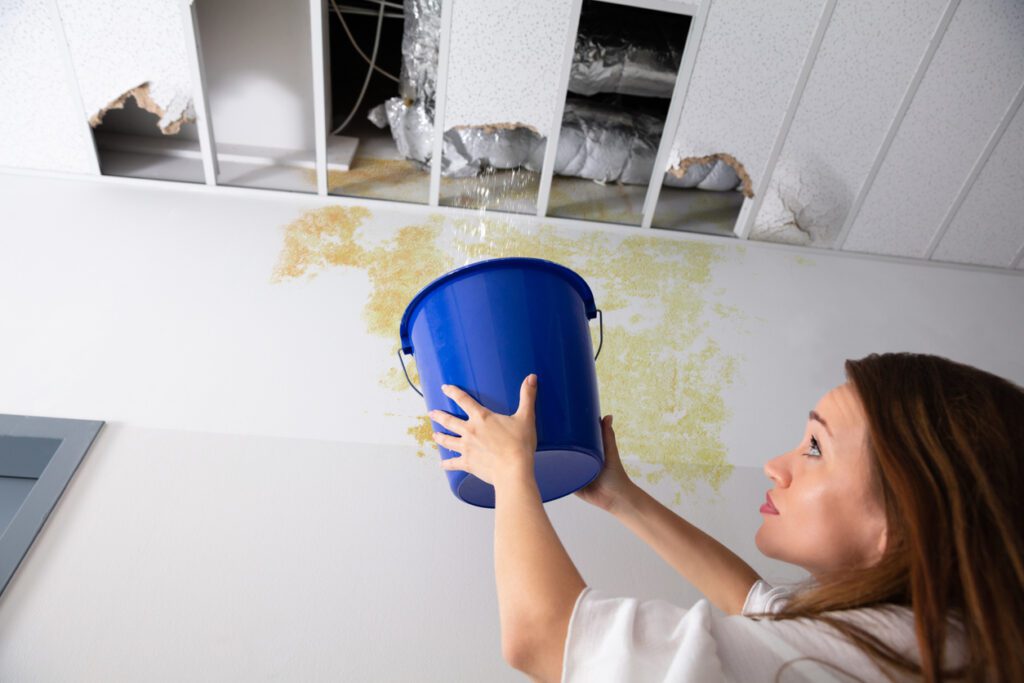
Water damage can escalate quickly, leading to costly repairs, structural damage, and health hazards like mold growth. Acting promptly is essential to minimize damage and prevent it from spreading. This comprehensive guide outlines the steps you can take to stop water damage from worsening and how to address it effectively. Understanding the Risks of Water Damage Before diving into the solutions, it’s crucial to understand why water damage is dangerous: Taking immediate steps can help you mitigate these risks. Step-by-Step Guide to Stop Water Damage 1. Identify and Stop the Source of Water 2. Remove Standing Water Immediately 3. Dry Out the Affected Area 4. Protect and Isolate the Area 5. Inspect for Safety Hazards 6. Begin Immediate Repairs 7. Prevent Mold Growth 8. Document the Damage 9. Call in Professionals if Needed How to Prevent Future Water Damage Stopping current damage is only half the battle. Take these preventive measures to avoid recurring water damage: Act Quickly to Minimize Damage Water damage can rapidly escalate if not addressed immediately. By taking swift action, implementing preventive measures, and seeking professional help when necessary, you can protect your home and restore it to better conditions. For expert assistance, contact professionals like NYTDR. Their experienced team can help you restore your home and guide you through preventive measures for long-term peace of mind.
Water Damage vs Mold: How to Tell the Difference
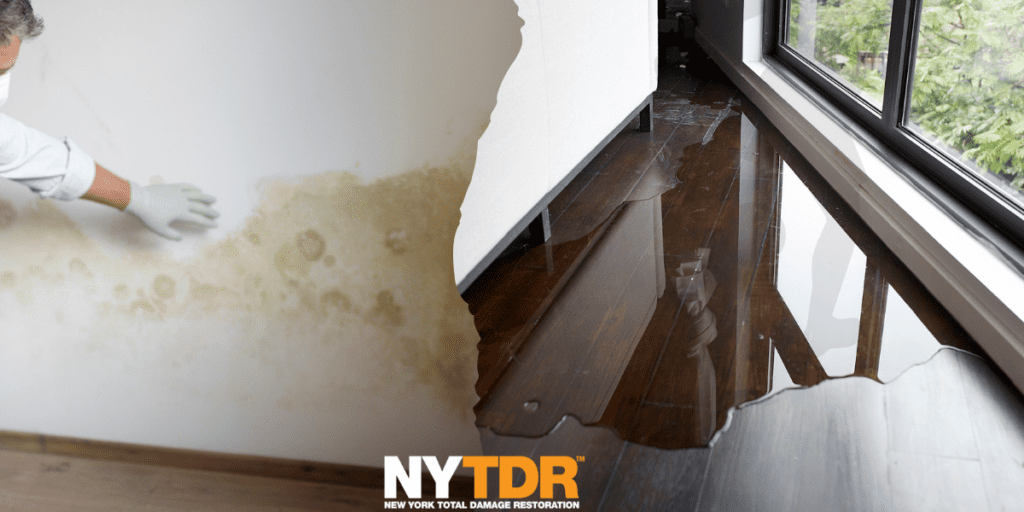
Water damage vs mold often go hand-in-hand, but they are distinct issues requiring different approaches to restoration and mitigation. Understanding their differences can help you identify the problem and take appropriate action. Here’s how to tell whether you’re dealing with water damage, mold, or both. Signs of Water Damage Water damage occurs when excessive moisture causes damage to building materials, furnishings, or other possessions. Here are the key indicators: 2. Warping or Bubbling 3. Musty Odor 4. Visible Water or Puddles 5. Soft or Spongy Surfaces Signs of Mold Mold is a type of fungus that thrives in damp, dark environments. While it often results from untreated water damage, the mold itself has specific characteristics: 2. Persistent Musty Odor 3. Allergic Reactions 4. Rapid Spread 5. Hidden Growth Key Differences Between Water Damage and Mold What to Do Next Prevention Tips Understanding the difference between water damage and mold is crucial for protecting your home and health. Act quickly to address issues, and don’t hesitate to seek professional help when needed. Contact our experts today. You can also call 212.206.1300 to schedule a free consultation and protect your home from further damage.
What to Do After Water Damage: Your Practical Guide to Recovery
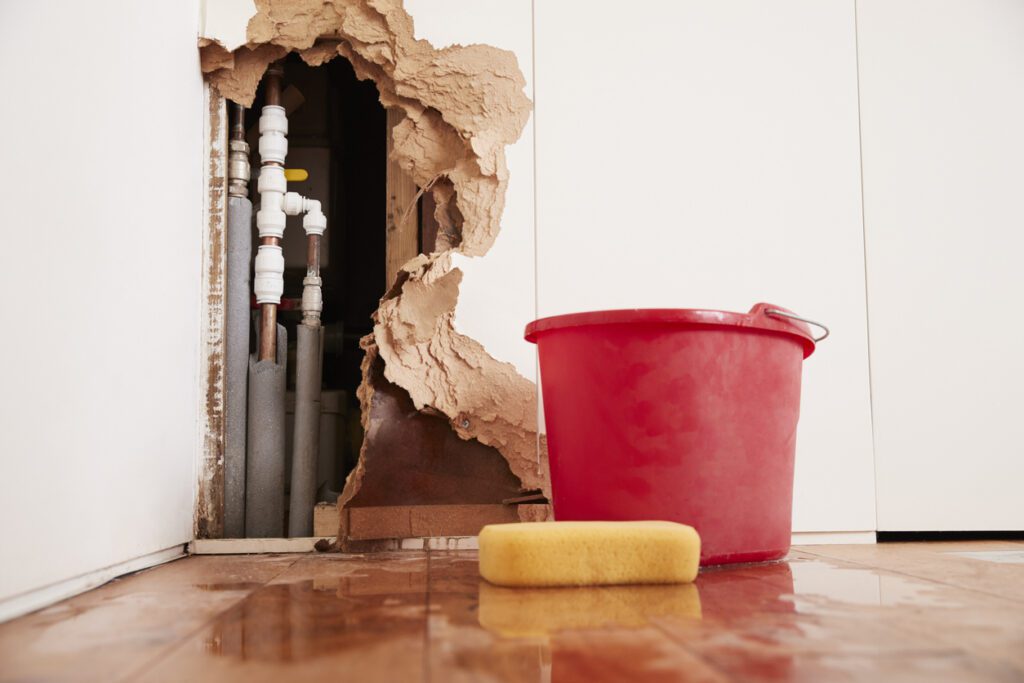
Let’s face it: water damage can be a nightmare. Whether it’s from a burst pipe, heavy rain, or an appliance gone rogue, the aftermath can leave you feeling overwhelmed. Don’t worry—here’s a straightforward, practical guide to help you tackle water damage step by step. 1. Prioritize Safety Above All Else Before diving into cleanup mode, take a moment to ensure you and your family are safe: 2. Find the Source and Stop It Water damage won’t stop until you stop the water. Here’s how: 3. Document Everything It might not feel like a priority when you’re knee-deep in water, but trust me—documentation is your best friend: 4. Contact Your Insurance Provider If you have homeowner’s insurance, now’s the time to use it. When you call: 5. Start Removing the Water (ASAP) Standing water is like an open invitation for mold and further damage, so act quickly: 6. Dry, Dry, and Dry Some More Drying is the most crucial step in preventing long-term damage. Here’s how to do it: 7. Inspect for Hidden Damage Once the visible water is gone, check for less obvious damage: 8. Call in the Pros When Needed If the damage is extensive or involves contaminated water, don’t try to handle it all yourself. Professional restoration services can: 9. Prevent the Next Disaster Once you’ve recovered, take steps to avoid going through this again: A Final Tip: Don’t Wait Too Long The longer you wait to address water damage, the worse it can get. Quick action means less stress, fewer repairs, and a faster return to normal. If you’re unsure where to start—or need help beyond DIY—don’t hesitate to reach out to NYTDR. We are here to guide you through the process and get your home back to its best condition.
